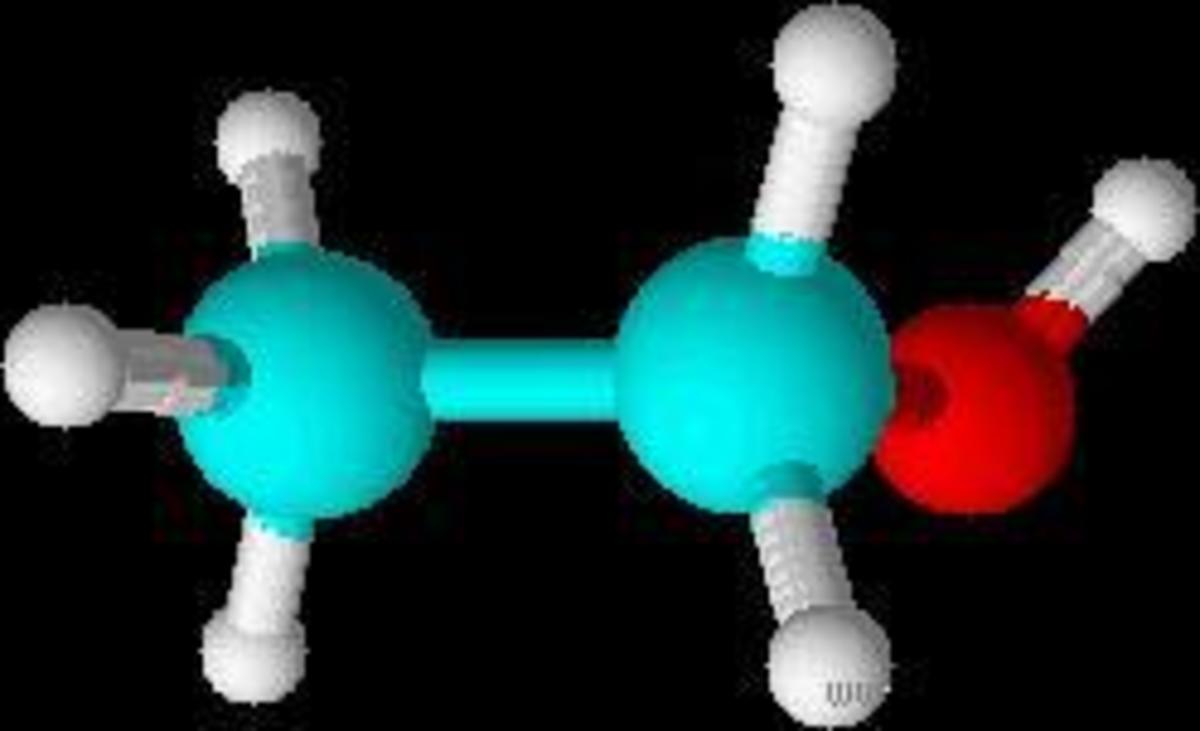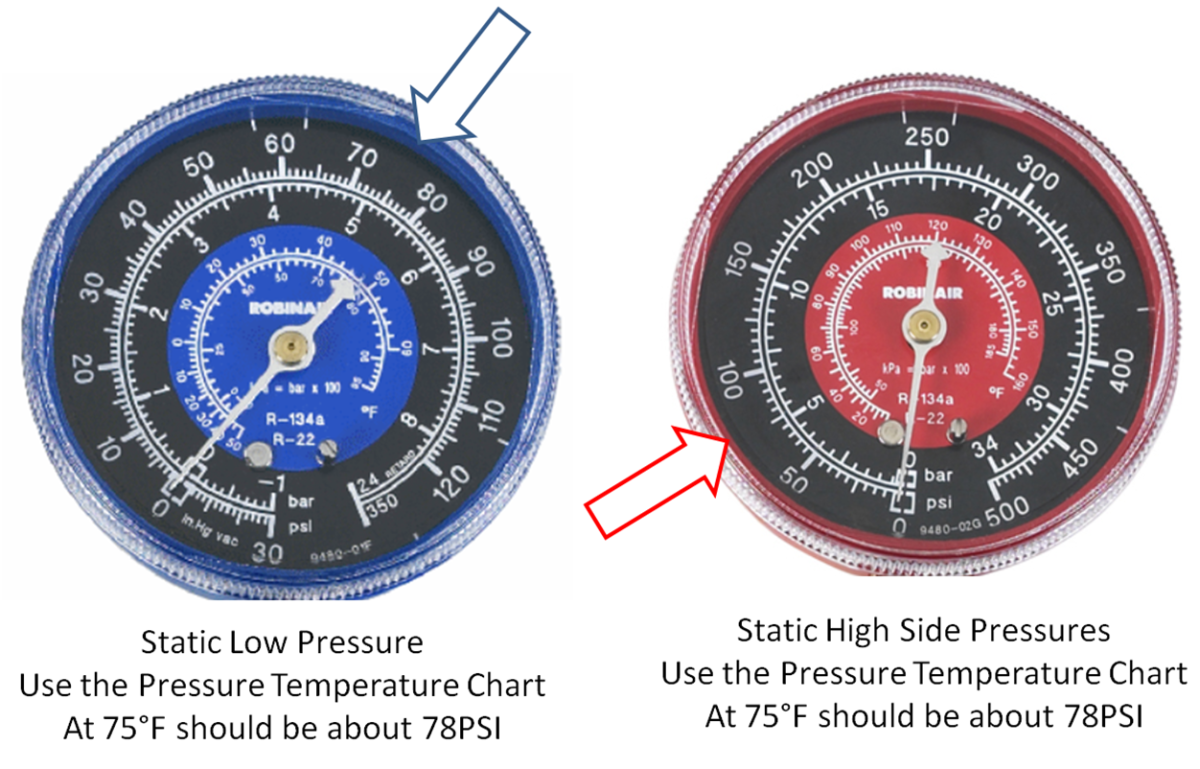Honk if You Understand Adiabatics
Various Constant States
I must define a few words to clarify what Adiabatic means.
Isobaric means a system remains at constant pressure during a process. It has the same root word as Barometer.
Isochoric means a system remains at constant volume during a process.
Isothermic means a system remains at constant temperature during a process. It has the same root word as thermometer.
Adiabatic means a system remains at constant energy during a process. The process usually involves some combination of changing the volume, temperature, or pressure.
The Ideal Gas Law
Many of you might recognize the Ideal Gas Law. It's represented in the equation PV=nRT. To translate: Pressure multiplied by volume is equal to the number of moles of gas multiplied by the gas constant multiplied by the absolute temperature. There are many different version to the gas constant that depend on if you're measuring temperature in fahrenheit and measuring volume in gallons and pressure in pounds per square inch or whatever. Most scientists use the Kelvin scale for temperature, atmospheres or millimeters of mercury for pressure, and liters for volume.
You might be asking what the hell is a mole? It's not a rodent in the ground. It's a number. When you ask someone what a "dozen" is, they know it's twelve. A "couple" means two. A "few" can be three or four. A "mole" is 6.022X10^23. That means that when you are talking about a mole of gas, there are more atoms or molecules of that gas than there are grains of sand at your favorite beach. So instead of writing out the exact number every single time, you simple refer to it by it's condensed name. When you get back from the store, you don't tell your wife you got twenty-four eggs - you tell her you got two dozen. Same concept.
What most beginner scientists don't know is that when you cancel out the units in either PV or in nRT, you're left with energy units. PV can be written in pounds per square inch multiplied by volume - a cubic inch is a volume. There are two length units in the denominator and three in the numerator, leaving you with just pound-inches, which is a force times a distance, which is energy.

Get to the Interesting Stuff
Consider the image to the right. It's a match burning. Note that there is significant heat given off, that the volume of the match head is expanding (it is releasing a gas from a solid), but that the pressure maintains relatively constant. Because energy is lost to the environment, we know that the burning match is not a perfectly adiabatic system. But close enough.
A little of the math behind it. V is not constant in this system. Pretend the match burns at the same temperature throughout the whole process. Pressure is constant. In the equation PV=nRT, what changes? V and n. Let's concentrate on the PV part (it's my favorite). We've established that PV is energy (but not the total energy). If P is constant and V is increasing, then we know that the energy of the system increases greatly by the burning process, even if the temperature remains constant.
A lot of weird jargon, I know. I'll try to simplify it a little. There is no such thing as a system that is perfectly adiabatic. A little energy is lost to the environment at all times no matter what process you perform. The less energy is lost, the more adiabatic it is. You can use insulation to decrease the energy lost through heat. You can make a container rigid to decrease the energy lost by expansion. There are tricks for everything.
The trick is - does the match loose too much energy to keep the chain reaction going? Obviously no. Let's pretend 40% adiabatic efficiency is what is required to keep the match burning. We know that the match burns with an efficiency between 40 and a hundred percent. Other systems vary in their limits. Lighting magnesium can be a pain in the ass because the system is not adiabatic enough - it will loose too much heat too quickly to heat the magnesium to the ignition point. It takes a really hot source to light magnesium.
You want a more realistic example of a non-adiabatic system? Next time you're burning a candle, slowly wave a cold knife a couple inches above the flame. Does any creosote condense on the knife? No. The creosote is unburned hydrocarbons from the wax of the candle. Now slowly wave the cold knife through the flame. Creosote condenses! That's because in a regular flame there is enough heat to completely burn the hydrocarbons before that air leaves the top of the flame. When you stick a cold knife in a candle flame, the metal will suck the heat out of the air directly around it and cool it to a point where the hydrocarbons will not burn - and since it is in close proximity to those hydrocarbons, those hydrocarbons will condense on the blade of the knife.
Name Some Adiabatic Systems
Anything that has insulation is an attempt to increase the adiabatic efficiency. Your house has insulation so that heat is not lost to the environment in the winter. Your fridge has insulation so that heat is not leaked into the interior. Fires consist of hot wood with a pocket of hot air around it insulating it from the cold air further out.
Even the engine of your car - they want cold air to go in and they want your gas to burn as hot as possible, meaning they try to control the temperature in there as best as possible.
Anything that takes a long time to change temperature can be thought of as slightly adiabatic - food that burns on the bottom but not in the middle is insulated from the excessive heat by the burnt part.
Adiabatics is everywhere and we never think about it.








